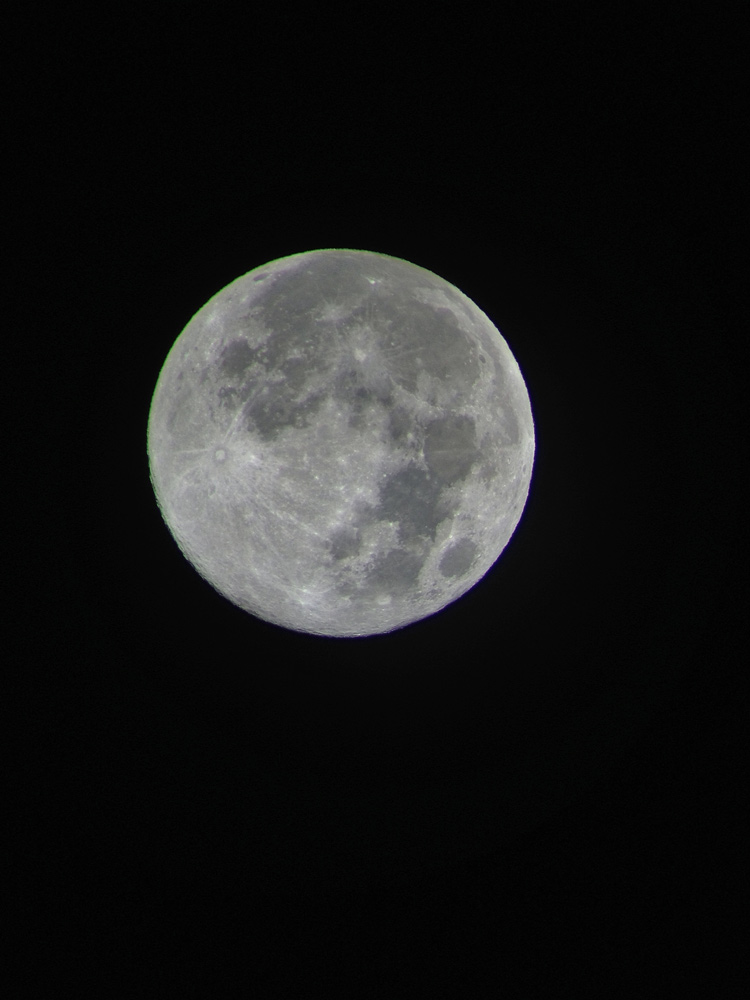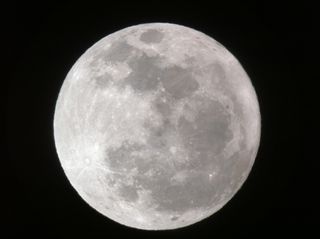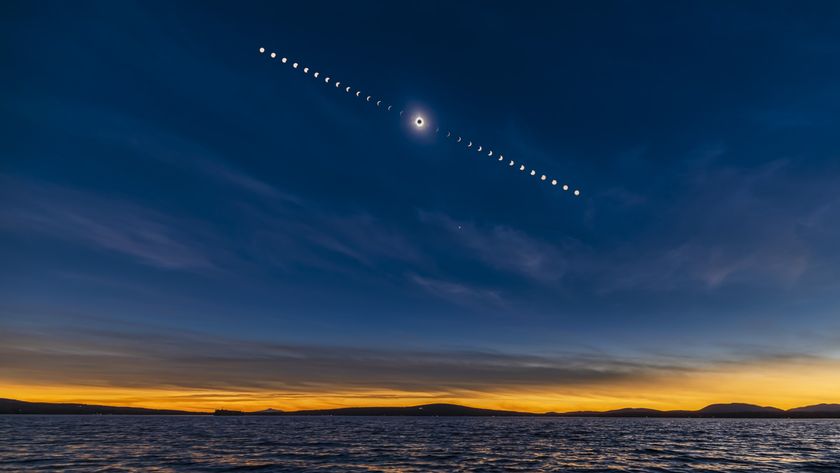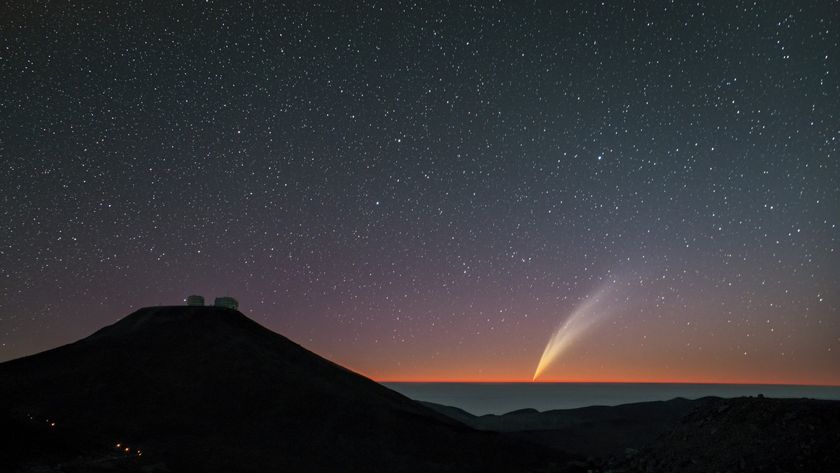Blue Moon Science: Friday's Full Moon Explained

With a so-called "blue moon" set to rise in the night sky this Friday (Aug. 31), you may find yourself wondering: Just what is a blue moon, exactly? And where does the term come from?
Somewhat confusingly, the answers have nothing to do with the moon's color. The "blue moon" tale is a convoluted one, with much of the action taking place in the relatively recent past.
In 1946, "Sky and Telescope" magazine traced the term to the "Maine Farmer's Almanac," where it apparently referred to the third full moon in a season that contains four full moons instead of the usual three.
The year is divided into four equal seasons, each 91 or 92 days long. Because there are 29.5 days between full moons, four full moons occasionally get squeezed into a single season. [Once-in-a-Blue-Moon Not Really Blue (Infographic)]
But the author of the "Sky and Telescope" article misintrepeted this complicated definition, declaring that a "blue moon" is actually the second full moon in a month with two full moons.
The new (and wrong) meaning didn't attain widespread usage until decades later. It was used during a broadcast of the radio show "Stardate" in January 1980, according to a much more recent article in "Sky and Telescope."
Then, in 1981, the designers of the board game Trivial Pursuit came across the 1946 magazine article. They put the definition into the game, and suddenly this incorrect explanation of an unscientific term became “general knowledge.”
Get the Space.com Newsletter
Breaking space news, the latest updates on rocket launches, skywatching events and more!
So that is why Friday's full moon is known as a "blue moon." It really is no different than any other full moon, except that an accident of the calendar causes it to be the second full moon in the month of August, the first having been on Aug. 1.
While the phrase "once in a blue moon" implies that the skywatching phenomenon should be exceedingly rare, that's not the case. On average, blue moons come along once every 2.7 years.

While we're on the subject of weird moon myths, here's another: the fable that the moon is made of green cheese.
This really did start out as a fable in the 16th century. In the original story, a simple-minded person sees the reflection of the full moon in a pond, and is made to believe that this is a wheel of new-made cheese. This children's story has been repeated so many times through history that it has become something of a cultural touchstone.
But the moon, like the Earth, is made of ordinary rock. In fact, most researchers believe that the moon coalesced from pieces of the ancient Earth that were blasted into space after a Mars-size body struck our planet billions of years ago.
Please don't tell Wallace and Gromit. We wouldn't want to disillusion them.
If you snap any good photos of Friday's full moon and would like them to be considered for a future story or gallery, please send them to SPACE.com assistant managing editor Clara Moskowitz at cmoskowitz@space.com.
This article was provided to SPACE.com by Starry Night Education, the leader in space science curriculum solutions. Follow Starry Night on Twitter @StarryNightEdu.
Join our Space Forums to keep talking space on the latest missions, night sky and more! And if you have a news tip, correction or comment, let us know at: community@space.com.

Geoff Gaherty was Space.com's Night Sky columnist and in partnership with Starry Night software and a dedicated amateur astronomer who sought to share the wonders of the night sky with the world. Based in Canada, Geoff studied mathematics and physics at McGill University and earned a Ph.D. in anthropology from the University of Toronto, all while pursuing a passion for the night sky and serving as an astronomy communicator. He credited a partial solar eclipse observed in 1946 (at age 5) and his 1957 sighting of the Comet Arend-Roland as a teenager for sparking his interest in amateur astronomy. In 2008, Geoff won the Chant Medal from the Royal Astronomical Society of Canada, an award given to a Canadian amateur astronomer in recognition of their lifetime achievements. Sadly, Geoff passed away July 7, 2016 due to complications from a kidney transplant, but his legacy continues at Starry Night.
Most Popular





